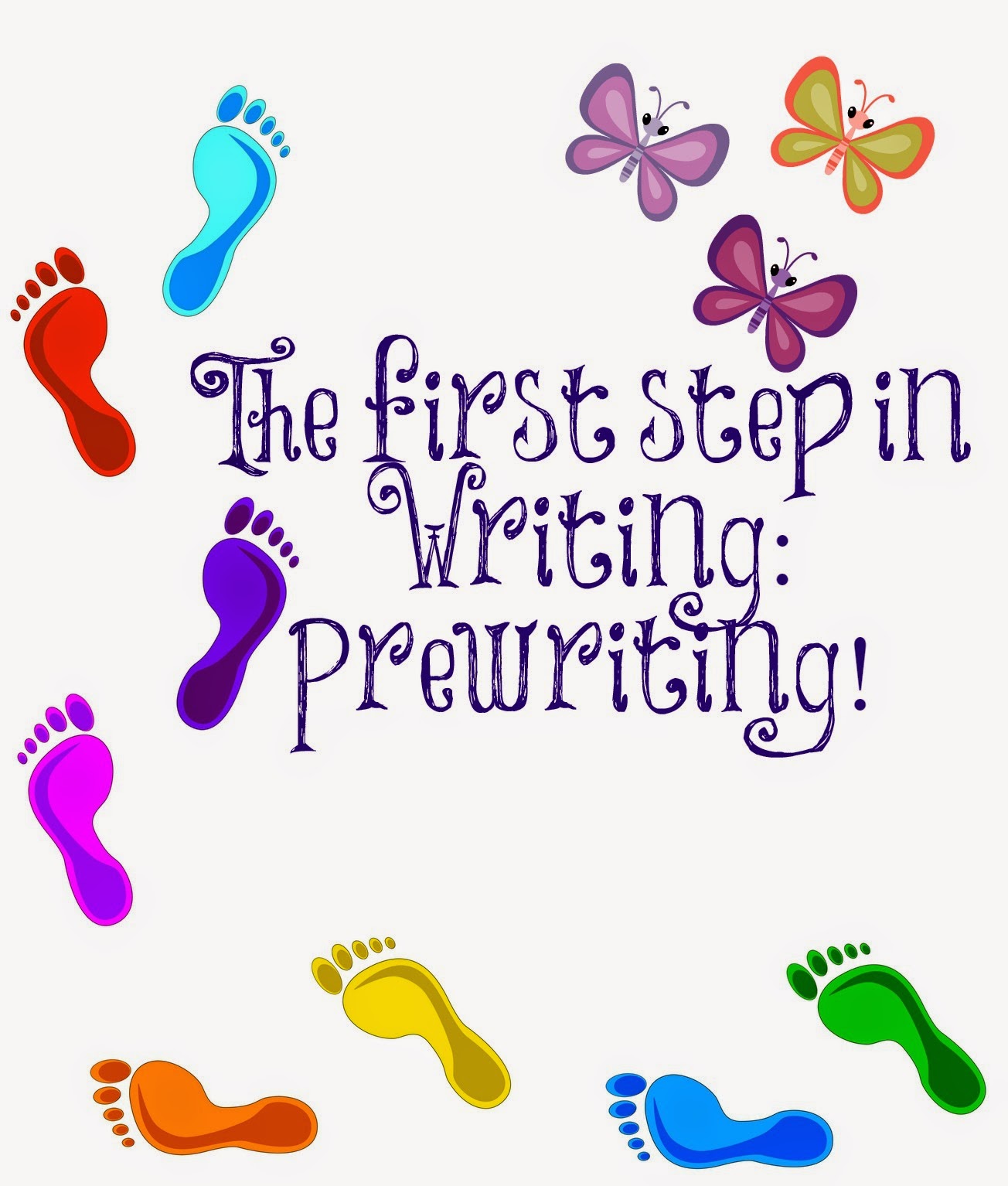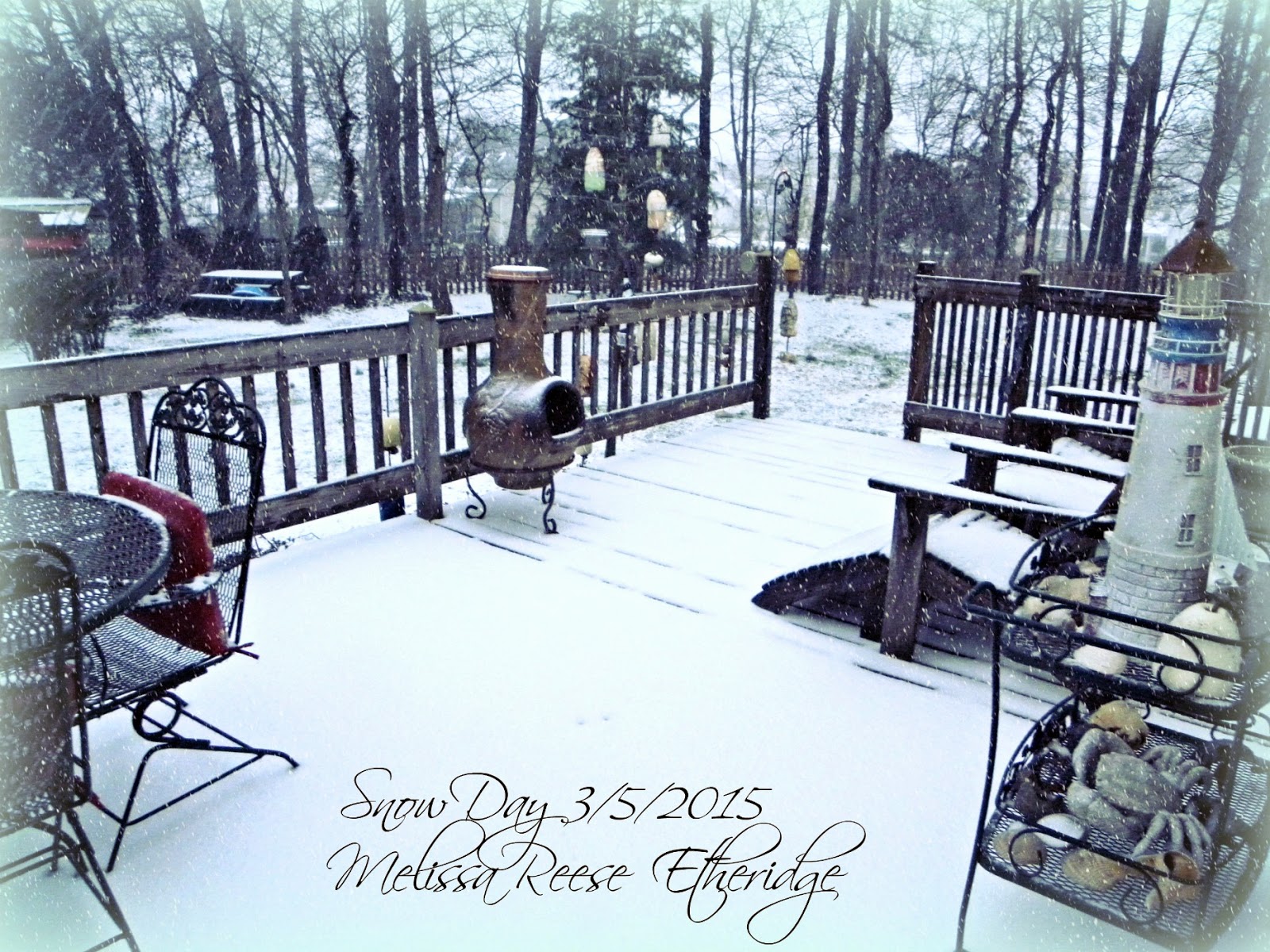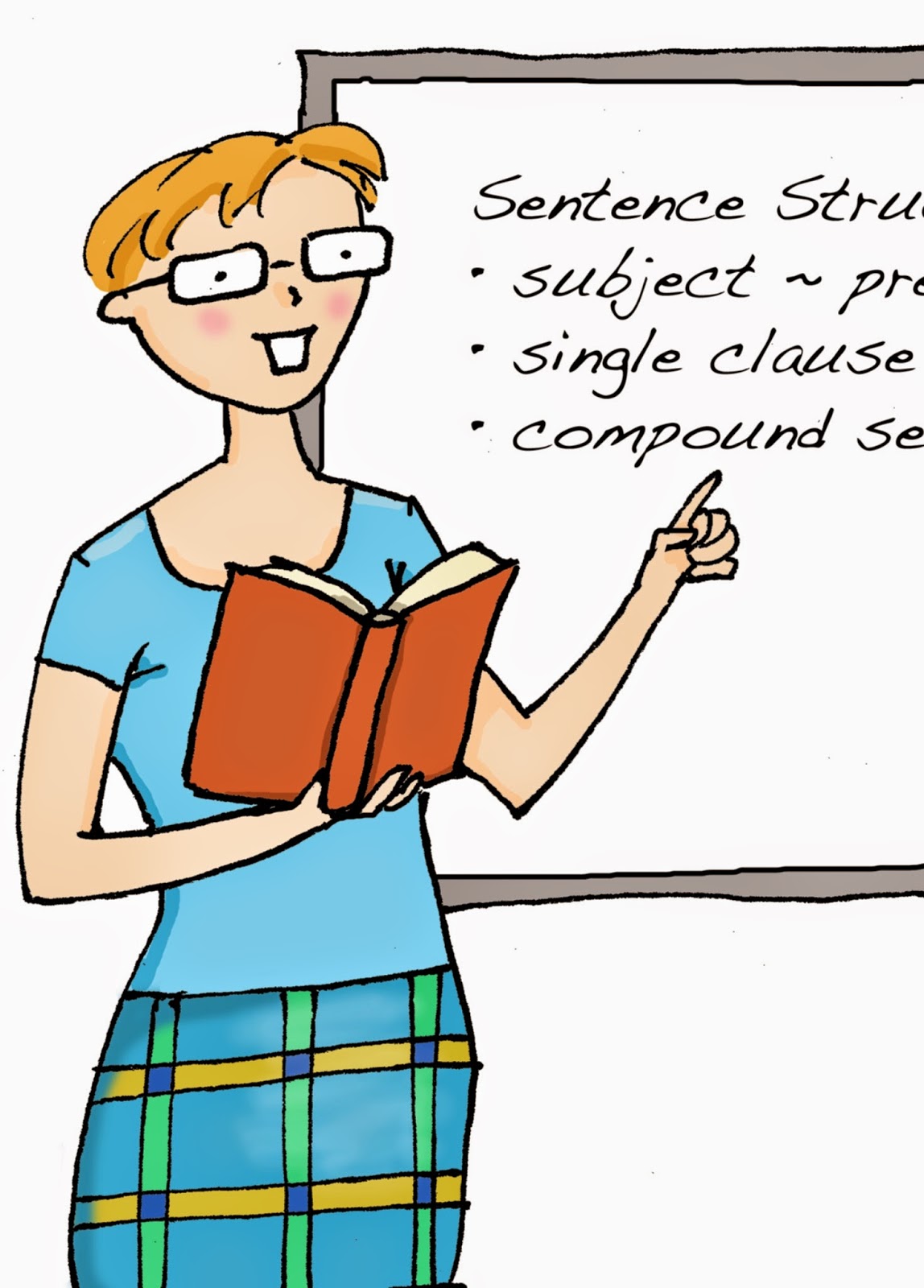Kalaidoscope Morning 1 (Woman With Butterfly)

This is an original piece created by Melissa Reese Etheridge Today is the second day of my Spring Break. The beauty of a Spring Break is that it gives me the opportunity to become refreshed, to try something new, to work with new mediums. Today my first task for the day was to get a piece completed and to write my Blog. I used Corel Painter Lite. I opened the symmetry setting to kalaidoscope and set it for four lines. Then, using a Sum-e pen, I outlined the basic design. I had already decided that I was going to use pink and blues as the color scheme. My next step was to fill in the design with different shades of the color scheme. I used a soft watercolor layer to very quickly fill in the design, then went back and used markers and oils to fill in the details. Once I had the basic design, I used an acid etch on the round "balls" at the end of each stem. That changed the coloring a bit....it gave it a slight white/bright tone. Afterwards I covered it with







